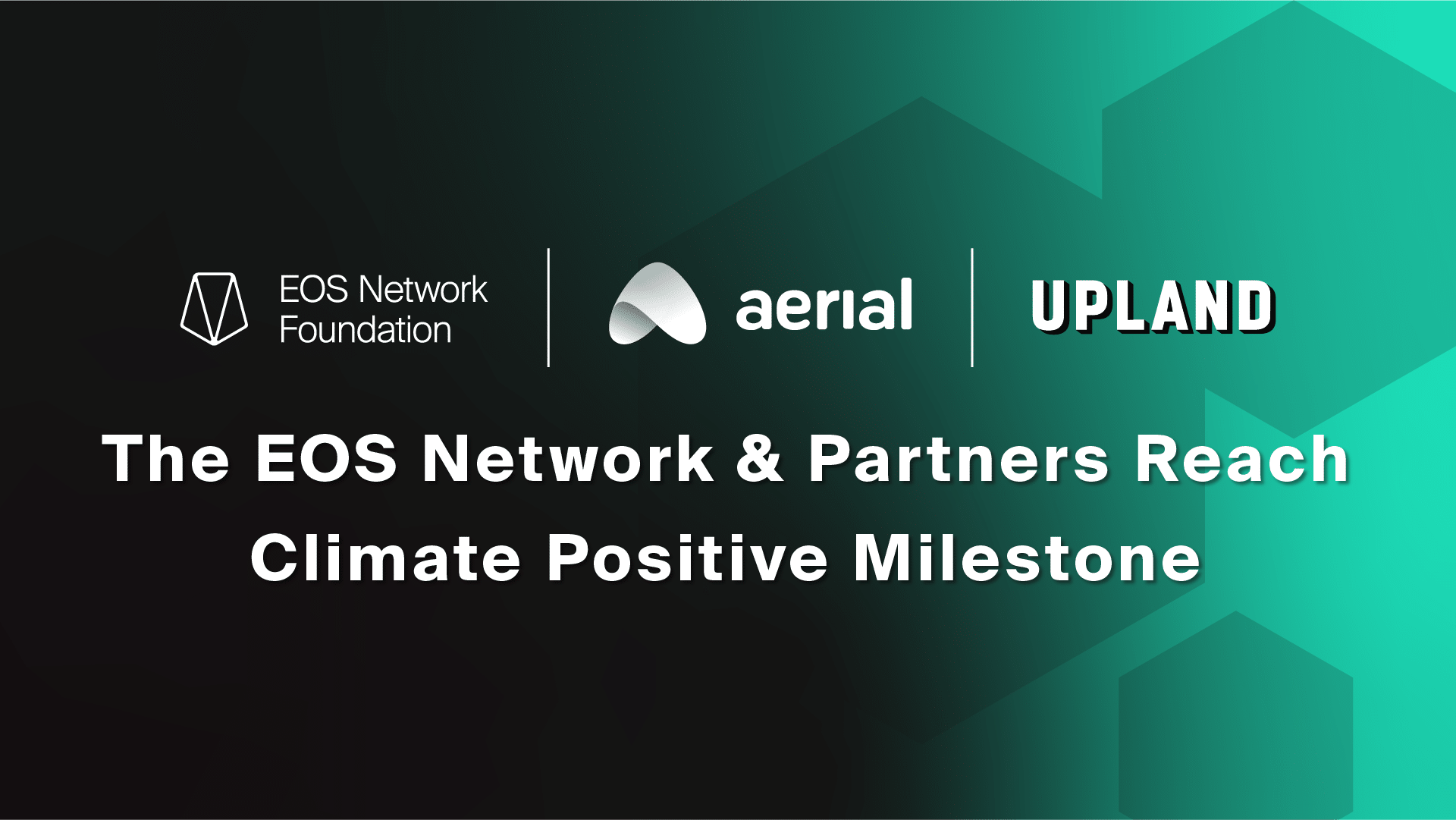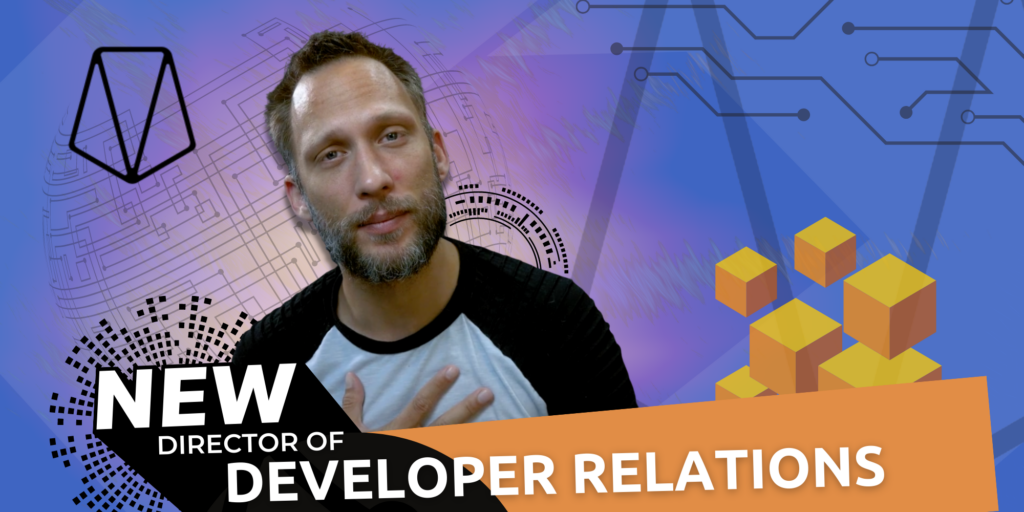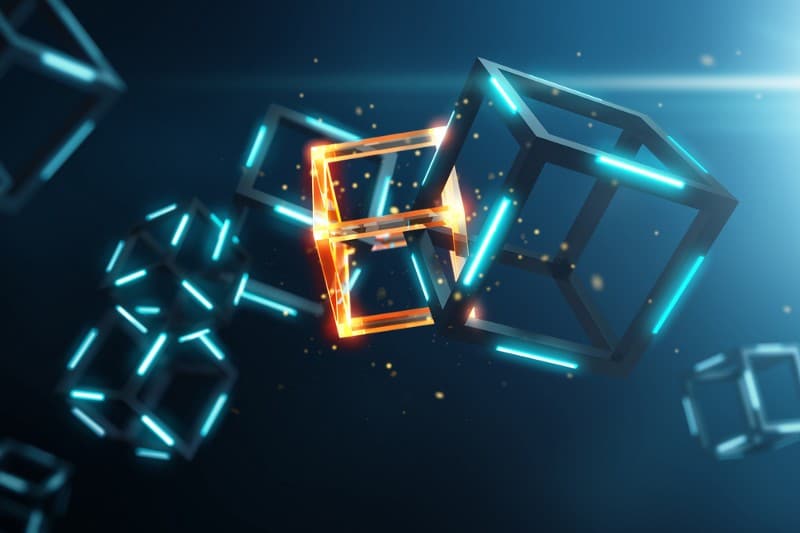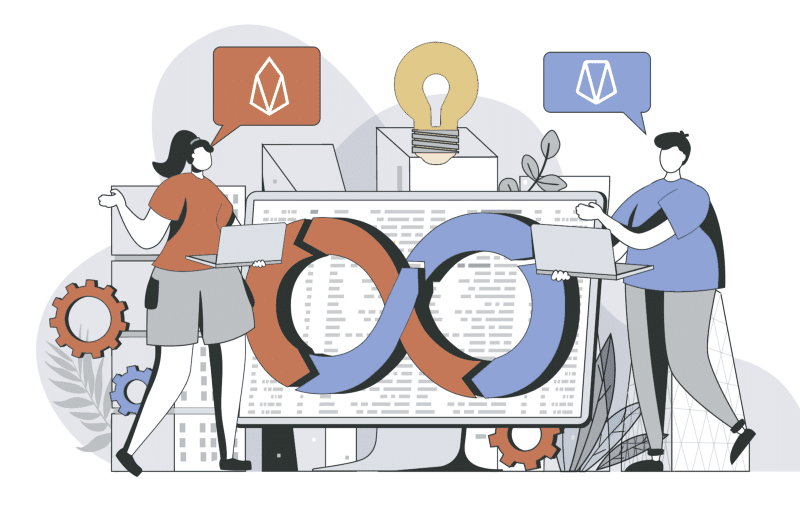The Importance of Becoming Climate Positive
The EOS Network Foundation (ENF) and Upland, in collaboration with Aerial are proud to announce a groundbreaking initiative that will advance the EOS Network beyond its status as the world’s first carbon-neutral blockchain to being a climate positive blockchain network.
To be climate positive means that activity goes beyond achieving net-zero carbon emissions to create an environmental benefit by removing additional carbon dioxide from the atmosphere.
Carbon offsetting refers to the process of compensating for greenhouse gas emissions by investing in projects that reduce or remove an equivalent amount of carbon from the atmosphere. This mechanism aids in combating climate change and promoting sustainability. As the Web3 ecosystem grows, it becomes imperative to embrace practices like carbon offsetting to ensure a greener future.
Recognizing the importance of carbon offsetting in mitigating the environmental impact of blockchain technology, the ENF sought collaboration with Aerial, a leading sustainability platform, and Upland, a metaverse superapp mapped to the real world that simulates several aspects of life and economy.
The EOS Network’s Carbon Footprint
The EOS Network’s consensus mechanism consumes significantly less energy compared to many other cryptocurrencies. For instance, a single transaction in the EOS network requires only 0.00122923 Kilowatt-hour (KWh), making it one of the more environmentally friendly options.

To further comprehend EOS’ carbon footprint, it was essential to evaluate the methods used to calculate it. By conducting a comprehensive survey across Block Producers (BPs) within the EOS Network, the ENF gathered vital information regarding the total energy consumption.
These findings revealed:
- 80% of BPs monitor their energy usage in real-time.
- 60% relying on nuclear power and 20% on wind and solar energy.
- The average lifespan of block production equipment exceeds 24 months, demonstrating conscious efforts towards sustainability.
- Approximately 75% of the electronic waste produced by BPs is sent to recycling centers, while 25% are repurposed.
The EOS Network’s architectural design offers low power consumption while delivering record breaking scalability and throughput that merges the effectiveness of immutable, decentralized systems with environmental responsibility. EOS ranks among the most environmentally friendly blockchains globally, with an annual carbon footprint of a mere 242 tonnes of CO2, a figure that has been fully offset since 2018 thanks to the pioneering efforts of the EOS Block Producer Team EOS Authority
Based on these calculations, ENF determined the EOS Network’s carbon footprint.
The ENF’s Carbon Offsetting Efforts
The ENF has chosen to invest in an Afforestation project based in Zunyi, within the Guizhou Province of China in recognition of the EOS Chinese community.
This project involves planting native species on barren lands, thereby increasing greenhouse gas removal and contributing to the U.N Sustainable Development Goals (SDGs). The Sustainable Development Goals (SDGs), are 17 goals that were adopted by the United Nations in 2015 as a universal call to action to end poverty, protect the planet, and ensure that by 2030 all people enjoy peace and prosperity.
Source: United Nations Development Programme (UNDP)
The primary objectives of this initiative include soil and water conservation, generating income and job opportunities for local communities, sequestering greenhouse gases, and enhancing biodiversity conservation.
So far, the project has:
- Supported SDG Goal 1 No Poverty, Goal 5, Gender Equality, and Goal 6: Clean Water and Sanitation
- Successfully planted 50,061 hectares of forest on previously degraded lands
- Effectively removed an average of 731,897 tonnes of CO2e annually, amounting to over 21 million tonnes of carbon removal over its lifetime.
- Created over 16,000 jobs for local villagers, of whom 70% are women.
The project also plays a crucial role in protecting the endangered Francois’ Leaf Monkey
Upland’s Offsetting Efforts
Upland, an open web3 platform for the metaverse mapped to the real world, has been actively involved in EOS’ sustainability efforts as a carbon offset sponsor since 2021. Their own sustainability efforts also extend beyond blockchain infrastructure by offsetting their carbon footprint for the cloud services that help power the Upland metaverse.
“We are excited to collaborate with the EOS Network Foundation in this groundbreaking initiative to achieve climate positivity,” stated Danny Brown-Wolf, Chief of Staff of Upland. “Upland has been committed to environmental sustainability since the day we started. We’re proud to help EOS become a climate-positive blockchain network.”
Upland has elected 3 projects in Brazil, the U.S., and Germany, countries where Upland has open cities in-game.
GreenTrees Reforestation in Mississippi
GreenTrees is reforesting one million acres of marginal farmland in the Mississippi Alluvial Valley.
To date, GreenTrees has planted over 42 million trees on 120,000 acres, in partnership with private landowners.
The tree plantings have generated millions of tons of verified carbon credits that are registered on the American Carbon Registry (ACR). These credits account for the vast majority of domestic forestry credits ever registered on the voluntary market.
Germany Regenerative Agriculture
This project enables farmers to utilize and enhance the soil’s potential as a carbon sink, sequestering atmospheric CO₂ and permanently storing it in the soil—where it belongs and has far-reaching benefits and is tracked using a digital version of their farm on the Klim platform following registration. The validity of the farm data is verified by Klim via publicly available data.
Farmers subsequently create individual digital fields for implementation of project scenarios. The size of those fields is verified by Klim using remote sensing data. In addition, Farmers can participate in various management modules to generate GHG-ERR. Therefore, farmers create annual management scenarios that are verified yearly and used to calculate climate change mitigation performance and payouts, compared to a 3-year baseline.
Fortaleza Ituxi REDD+ Forest Protection
This project aims to protect forests located in one of the regions having the highest deforestation rate in the Amazon biome: the municipality of Lábrea. The “Arc of Deforestation” has already reached the southern region of the Lábrea municipality, making it one of the most deforested municipalities in the Amazon biome over the past ten years.
Besides the damage caused to natural ecosystems, land-use changes have provoked severe social conflicts due to land grabbing and the implementation of agriculture and cattle ranching activities, contributing to expulsion of family-scale forest extractives from that region.
Utilizing Aerial to Navigate the Offsetting Process
Collaborating with Aerial, a sustainability platform that partners with verified environmental efforts globally, the EOS Network Foundation acctively reduced carbon emissions while inspiring others in the blockchain industry to adopt climate positive strategies.
“Partnering with the EOS Network Foundation and Upland in this climate positive initiative is an important milestone in the sustainability journey of the blockchain industry,” commented Andreas Horner, CEO of Aerial. “We are honored to collaborate with such forward-thinking organizations that are dedicated to environmental responsibility and making significant positive changes.”
The EOS Network Foundation and its partners aspire to set a new standard in sustainability within the blockchain industry. Through their actions, they aim to inspire and encourage other networks and applications to embrace climate positive strategies. Together, they believe in creating a sustainable digital economy and a lasting positive impact on our planet.
Progressing Web3 towards Sustainability
The ENF’s partnership with Upland and Aerial exemplifies the power of collaboration in making a meaningful impact on the environment.
By calculating their carbon footprint, offsetting emissions through sustainable projects, and promoting green practices, these organizations inspire others within the Web3 ecosystem to adopt similar initiatives.
As climate change continues to pose a significant threat, ongoing efforts to combat it are essential. In achieving climate positivity, the ENF sets a commendable example and serves as a catalyst for a more sustainable future in Web3.
EOS Network
The EOS Network is a 3rd generation blockchain platform powered by the EOS VM, a low-latency, highly performant, and extensible WebAssembly engine for deterministic execution of near feeless transactions; purpose-built for enabling optimal Web3 user and developer experiences. EOS is the flagship blockchain and financial center of the Antelope framework, serving as the driving force behind multi-chain collaboration and public goods funding for tools and infrastructure through the EOS Network Foundation (ENF).
EOS Network Foundation
The EOS Network Foundation (ENF) was forged through a vision for a prosperous and decentralized future. Through our key stakeholder engagement, community programs, ecosystem funding, and support of an open technology ecosystem, the ENF is transforming Web3. Founded in 2021, the ENF is the hub for EOS Network, a leading open source platform with a suite of stable frameworks, tools, and libraries for blockchain deployments. Together, we are bringing innovations that our community builds and are committed to a stronger future for all.
ENF Website | Twitter | Discord | LinkedIn | Telegram | YouTube



